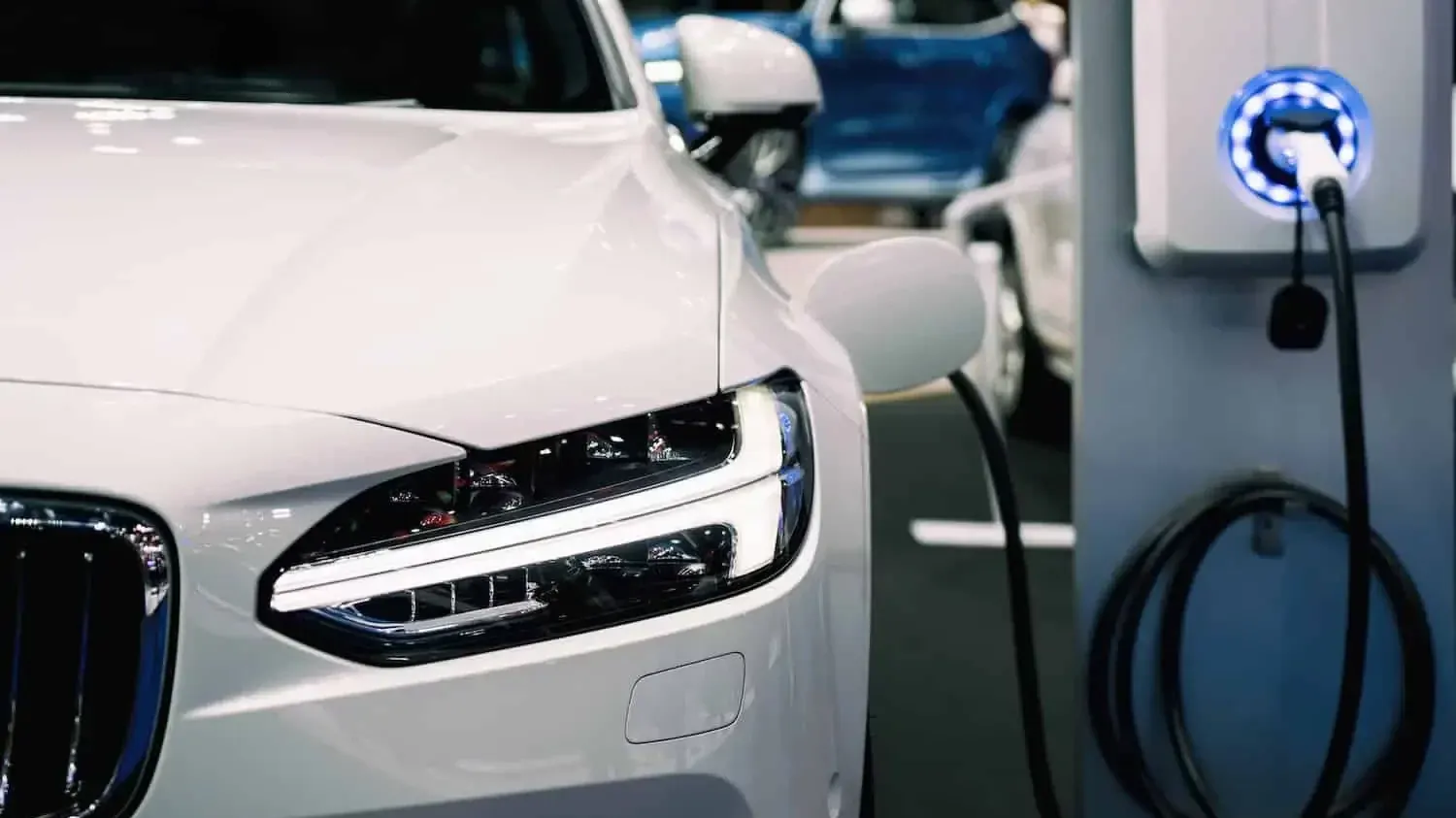As electric vehicles (EVs) continue to gain popularity, understanding how to safely charge them is essential for both new and experienced EV owners. Charging safety extends beyond simply plugging in your car; it encompasses proper equipment selection, regular maintenance, and awareness of environmental conditions. This comprehensive guide covers everything you need to know about electric car charging safety, addressing common concerns and providing practical tips to ensure a safe and efficient charging experience.

Every EV model and EV charging device comes with detailed guidelines. These instructions are tailored to ensure optimal performance and safety. Always read and follow the manufacturer’s recommendations, and if additional clarification is needed, consult your EV dealer or the charging equipment manufacturer.
Only use charging devices certified by nationally recognized testing laboratories. These certifications ensure that the equipment meets stringent safety standards and reduces the risk of electrical hazards.
Plug Level 1 EV chargers directly into an appropriately rated outlet designed for the device’s amperage.
Avoid using extension cords, multi-plug adapters, or any makeshift connections, as they can lead to overheating, electrical surges, or fire hazards.
Incorporate a residual current device into your charging setup. This safety device cuts power immediately if it detects an electrical fault, helping prevent fires and electrical shocks.
When the charging station is not in use, ensure that all components, including cables and connectors, are stored safely out of reach of children to prevent accidental contact or misuse.
Regularly inspect charging cables, connectors, and ports for signs of wear, such as frayed wires or corroded components.
Follow the manufacturer’s maintenance guidelines and replace worn or damaged components promptly.
Never use a charger that shows obvious signs of damage, as it could pose serious safety risks.
Protect your charging station outlet from water ingress by using weatherproof covers.
Check the manufacturer’s recommendations to determine whether charging in wet conditions is safe for your specific equipment.
One of the most common concerns among EV owners is whether it is safe to charge their vehicles during rain, thunderstorms, or other adverse weather conditions. Fortunately, modern EV chargers are built to high safety standards and are designed to operate safely in various environmental conditions.
EV chargers are typically waterproof and weather-resistant, making them safe for use in the rain. However, ensure there are no visible signs of damage, such as exposed wires or cracked connectors, before charging.
While the risk of a direct lightning strike is low, it’s best to err on the side of caution. Charge your vehicle before a storm arrives to avoid potential risks. If you must charge during a storm, stay indoors and monitor the charging process from a safe distance.
Keep your EV’s battery sufficiently charged, especially when bad weather is forecasted. This ensures that you’re prepared for emergencies and reduces the need to charge during unfavorable conditions.
Before plugging in your EV, take a few moments to inspect the charging station and equipment to ensure everything is in good working condition.
Examine the charging cable and connector for visible damage, such as cracks, frayed wires, or corrosion.
Check your vehicle’s charging port for any foreign objects, dirt, or damage.
Notify the charging station owner or operator if you notice any damage or irregularities.
Follow the instructions provided on the charging station for reporting issues or contacting customer support.
Do not use charging equipment that shows signs of wear, damage, or malfunction. Wait for repairs and verification by qualified personnel before using the station again.
Yes, EV chargers are designed to function safely in wet conditions. However, you should avoid using equipment that shows visible damage or wear.
While EV chargers are built to high safety standards, it’s a good practice to charge your vehicle before a storm arrives. If charging during a storm, ensure that the equipment is undamaged and follow all safety precautions.
Yes, damaged or faulty charging equipment can pose risks such as electrical shock or fire. Regular maintenance and prompt reporting of issues are critical to ensuring safety.
Arrange periodic inspections of your home charging station by certified professionals to identify potential issues early.
If you frequently charge outdoors, consider investing in additional protective measures, such as weatherproof enclosures for your charging station and connectors.
Ensure that anyone using your charging station understands proper safety procedures and the importance of regular maintenance.
Using public charging stations requires additional vigilance since you cannot control their maintenance:
Always inspect the station’s cable and connector for visible damage.
Use the station as directed by its operating instructions to avoid mishandling.
If you notice any problems, report them to the station owner or operator immediately.
If your charging equipment stops working unexpectedly, unplug it and check for visible issues.
Contact the equipment manufacturer or a certified technician for assistance.
In the rare event of a fire or electrical malfunction, disconnect the power source if it is safe to do so and contact emergency services.
Electric vehicles represent a significant step forward in sustainable transportation, but charging safety is critical to ensuring a smooth and secure EV ownership experience. By following these comprehensive guidelines—ranging from proper equipment use and maintenance to addressing common concerns like charging in bad weather—you can enjoy the full benefits of EV technology with peace of mind.
Whether you’re charging at home, at work, or on the go, prioritize safety at every step. Regular inspections, adherence to manufacturer recommendations, and proactive planning will go a long way in keeping your EV charging experience safe and efficient.
If you have further questions or need support with your EV charging setup, reach out to your local EV dealer or a certified technician. With the right precautions and knowledge, you can confidently embrace the electric future!
